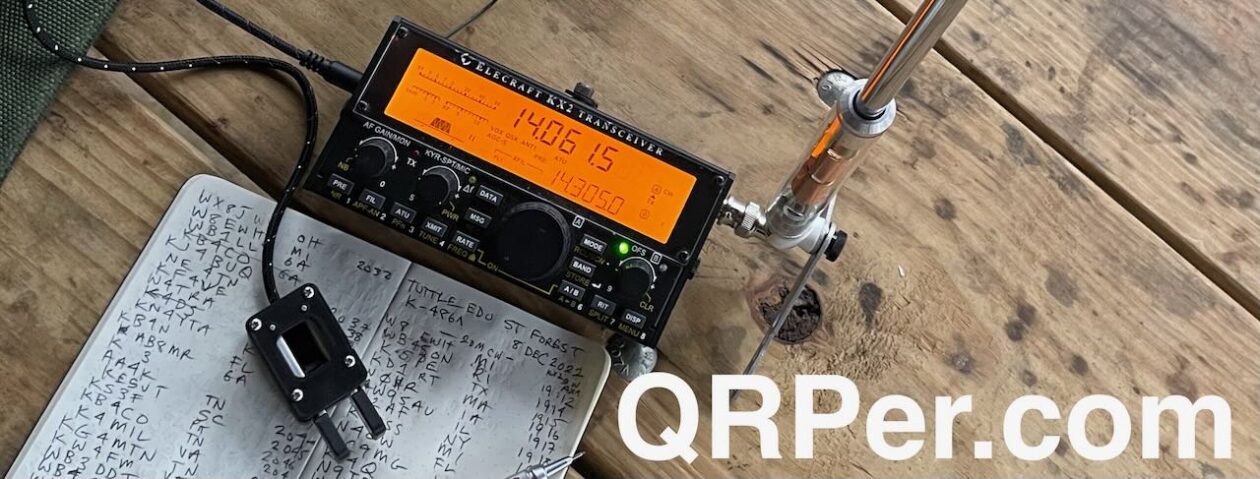Many thanks to Brian (K3ES) who shares the following field report:
K3FAZ, K3STL, and K3ES POTA in the Cold with a Bonus Gear Report

by Brian (K3ES)
K3ES Perspective
Saturday November 19 dawned clear and cold in northwest Pennsylvania, but the truth is that I was up well before dawn. The third Saturday of each month, I try to make the 2 hour drive south to help with Skyview Radio Society’s monthly Volunteer Examiner (VE) testing session for new or upgrading licensees. Clear skies (which matched the forecast) meant that road conditions would not be a problem. So, shortly after 5 am I pointed the truck south.
One of the creature comforts I appreciate about our VE session is meeting for breakfast before the test. It was obvious on arrival at the restaurant that the VEs would greatly outnumber the test candidates, but many hands make light work. Coffee and an omelet definitely helped fuel the effort. Since the test sessions normally last less than 2 hours (and that held true this time), three of us VEs had made plans for post-test session POTA.
Before launching into the field report, let me acknowledge that K3STL’s photography was instrumental in providing a report with visual appeal. Personally, I almost always forget to take the pictures.
POTA Plan

The plan for the day was to attempt activation of two POTA sites, Beechwood Farms State Conservation Area (K-0620) in suburban Pittsburgh, and Todd Sanctuary State Conservation Area (K-0621) about 20 miles further to the northeast. John “Tall Guy” – K3STL and Brian – K3ES would do a short activation of K-0620, then meet Steve – K3FAZ at K-0621 for the rest of the afternoon.
Knowing it would be a cold day for mid-November (temperatures peaked for the day just barely above freezing), each of us made plans to adjust for operating from our vehicles. That meant that we would be doing parking lot activations at both locations. While we each normally activate with slightly different operating styles that are suited to outdoor POTA operations, some tweaks made it possible to have wind and weather protection for this outing. In hindsight, it was a perfect choice.
Operating Methods

K3FAZ operated his treasured Kenwood TS-50 using SSB mode with an EFHW antenna in a tree. Rather than setting up with a table and chair, Steve configured his station to fit in the front seat of his SUV. Continue reading Guest Field Report: K3FAZ, K3STL, and K3ES POTA in the Cold with a Bonus Gear Report


































